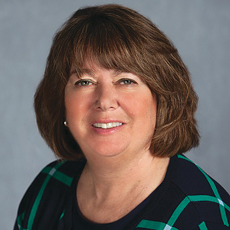
Slowing construction and widening the target age range for prospective residents are two paths that senior living operators can take to prevent occupancy from dropping any further, National Investment Center for Seniors Housing & Care Chief Economist Beth Burnham Mace wrote Wednesday in a blog post.
The combined occupancy rate for independent and assisted living in the first quarter of this year was 88.1% in the 99 primary and secondary markets tracked by the NIC MAP Data Service, Mace noted. Assisted living occupancy in the quarter was 85.7%, the lowest level since 2006, when NIC began reporting data, NIC previously had announced.
Decreasing the rate of new supply delivery would be especially effective in markets in which occupancy rates are lower than the national averages because of excessive inventory growth, she said.
Attracting younger residents would increase the occupied penetration rate, thereby boosting demand, Mace added. “[T]oday’s greatest demographic growth is oriented toward the younger old,” she said.
Senior housing inventory could be lower or higher than needed by 2025, depending on what formula is used, Mace said.
Approximately 45,000 units of seniors housing stock were added across the United States in the past year, Mace said. Using Census Bureau population estimates and assuming the same run rate and a penetration rate of approximately 10%, either 164,000 units will be needed by 2025 but would be built in 3.7 years, potentially resulting in excess inventory, or 316,000 units will be needed by 2025 but would take an additional year to build. The former scenario results from using estimates of people aged 80 years or more as proxies for potential seniors housing residents, and the later is a calculation using 83 and older as the age.
“The answer is probably somewhere in the middle of these two results and points out how sensitive the analysis is to the age-cohort assumption used,” Mace said.
Read the full blog post here.



